Table of Contents
1. Introduction
2. Types and uses of transmission fluid
3. Market overview of transmission fluids in the future
4. Key factors to consider when selecting transmission fluids
5. Leading transmission fluid types and their features
6. Conclusion
Introduction
The transmission fluid keeps the transmission system working efficiently. It serves as both a lubricant and coolant that helps reduce friction and prevent overheating while ensuring smooth gear shifts in different driving situations. High-grade transmission fluid can noticeably improve fuel efficiency and decrease the amount of wear on the transmission components, which ultimately helps extend the transmission system’s lifespan. Choosing the right type is crucial to meet performance criteria and protect against possible malfunctions while enhancing the vehicle’s overall functionality in both manual and automatic transmissions.
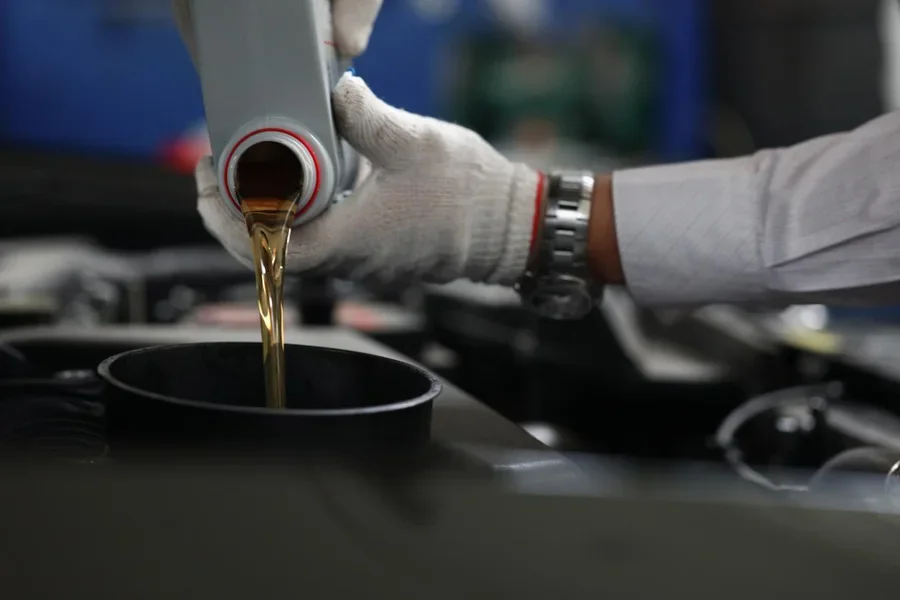
Types and uses of transmission fluid
Manual Transmission Fluid
Manual Transmission Fluid (MTF) is a specialized lubricant designed for use in vehicles with manual gearboxes. Its main function is to lessen friction among the gears and components in motion, ensuring lubrication and seamless operation of the transmission setup. This specialized MTF fluid is crafted to withstand the pressure and temperature found in transmissions, where sturdy fluid is needed to support the gear connections under heavy loads and prevent excessive wear.
Automatic Transmission Fluid
Automatic Transmission Fluid (ATF) is a specialized fluid for vehicles with automatic transmissions. It keeps the transmission parts well-lubricated to reduce friction and avoid damage. Besides lubrication duties, ATF also serves as a fluid that helps the gears shift smoothly and maintains the pressure for the transmission system to work properly. The composition comprises components that improve functionality, like anti-wear substances that lower wear and tear effects, detergents to maintain system cleanliness, and oxidation compounds that prevent deterioration in extreme heat conditions.
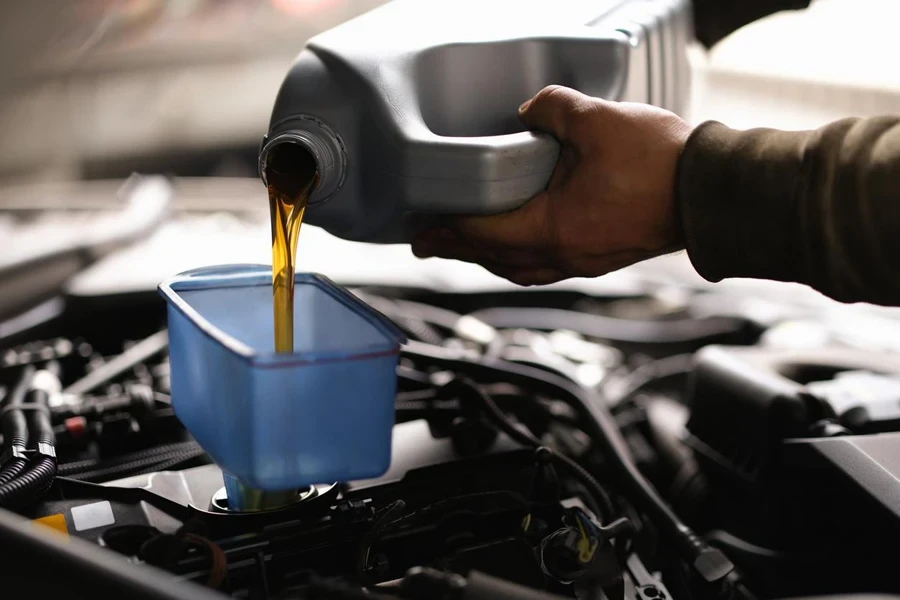
CVT fluid
CVT fluid is specifically formulated for cars with Continuously Variable Transmissions (CVTs), operating differently from gearboxes. This specialized fluid plays a role in ensuring the operation of CVTs by offering the required friction characteristics and protecting against wear during different driving conditions. Given the rising popularity of CVTs for their fuel efficiency and power optimization benefits, it’s vital to use the CV transmission fluid to uphold transmission durability and efficiency.
HFM fluids
Highly Friction Modified (HFM) fluids are customized for vehicles that need specific friction properties to ensure seamless gear changes. These fluids are widespread in Asian car models that prioritize precise shifting abilities. The special additives in HFM fluids aim to adjust the friction levels in the transmission system to enhance the smoothness of gear shifts. This modification is especially valuable in high-end or luxury vehicles where optimal transmission performance is essential.
Synthetic fluids
Due to their superior performance characteristics, synthetic fluids have become the preferred choice for many modern transmissions. These fluids offer enhanced resistance to temperature changes, slower degradation rates, and longer-lasting lubrication compared to conventional options. Synthetic fluids are suitable for both automatic and manual transmissions, making them versatile across various vehicle types, particularly those subjected to high-stress conditions or extreme temperatures.
Market overview of transmission fluids in the future
Precedence Research reported that the worldwide market for transmission fluid was valued at USD 9.18 billion in 2023 and is projected to increase to USD 9.53 billion in 2024 before reaching USD 13.38 billion by 2033 at a compound growth rate of 3.84% from 2024 to 2033. The market’s expansion is fueled by increasing consumer demand for improved performance in vehicle transmission systems.
The market’s growth is driven by the rising recognition of the significance of vehicle maintenance and the use of top-notch transmission fluids to improve vehicles’ lifespan and efficiency. Consumers are now more attentive in taking care of their cars, which has resulted in a rise in the need for specialized fluids. This pattern is further strengthened by the increasing preference for vehicles with CVT transmissions that need sophisticated fluid compositions to function effectively.
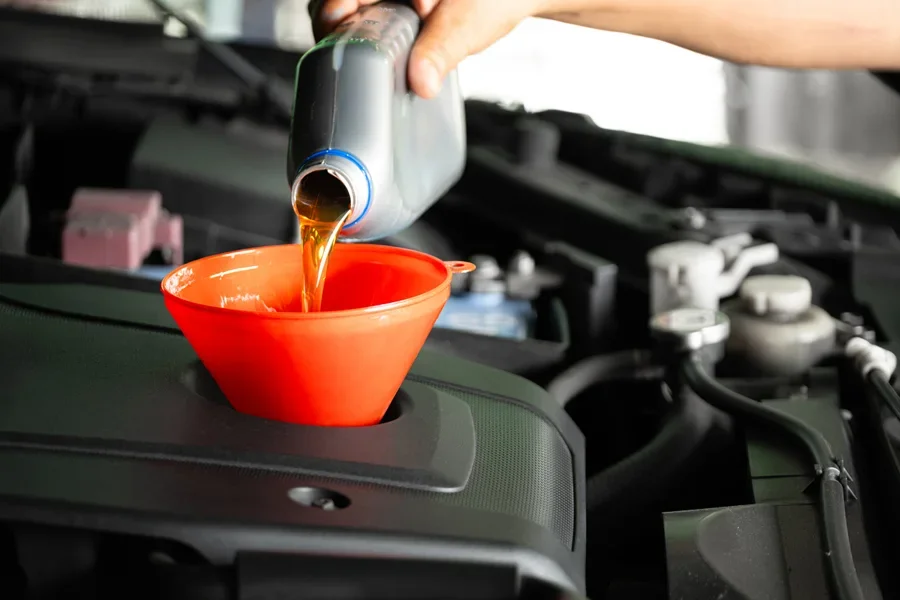
Key factors to consider when selecting transmission fluids
Importance of compatibility and manufacturer specifications
When choosing transmission fluid for your vehicle needs, it is important to consider its compatibility with the requirements of your vehicle transmission system as outlined by the manufacturer in the owner manual. It helps to avoid issues such as heightened friction or overheating that could cause significant mechanical harm if not aligned with the recommended specifications. Various types of transmissions, like automatic transmission fluid (ATP), manual transmission fluid (MTS), or continuously variable transmission (CVTS), need particular formulations to function effectively.
Car makers frequently test and authorize fluids for their gearboxes to guarantee they satisfy performance and safeguard requirements. Blending fluids or opting for a universal type instead of a designated one may lead to internal harm, diminished effectiveness, and a briefer lifespan for the transmission setup; hence, it is vital to adhere to manufacturer guidelines to preserve the transmission system’s longevity and efficiency.
Quality standards and certifications
The effectiveness of transmission fluid greatly influences how well it functions and its dependability on the road or in various driving conditions. When you choose certified fluids that meet the standards set by organizations like the American Petroleum Institute (API) and the Society of Automotive Engineers (SAE), you know you’re getting a quality product. These certifications guarantee that the fluids have been carefully tested for factors like viscosity control in temperatures, resistance to heat changes, protection against wear and tear, and compatibility with the materials found in modern transmission systems.
For example, notch synthetic transmission fluids are made to handle temperature changes and provide better resistance to oxidation and thermal degradation than traditional fluids. Approved products improve the efficiency of the transmission system and decrease the frequency of fluid changes, thus reducing maintenance costs throughout the vehicle’s lifespan. Opting for fluids that meet these high-quality criteria preserves the transmission’s performance and shields its inner parts from premature damage and deterioration.
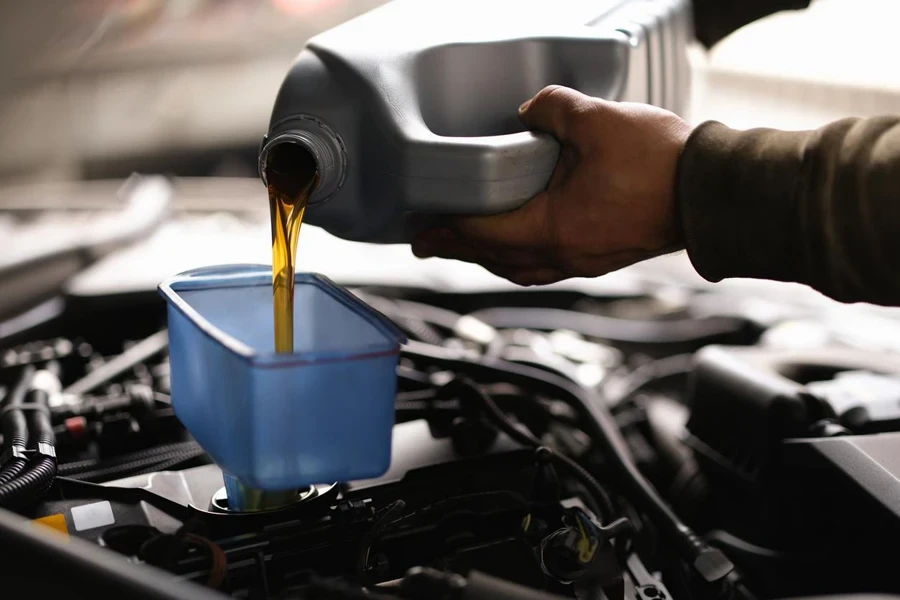
Role of fluid viscosity and additive technology
Transmission fluid formulation relies heavily on viscosity and additives, which enhance the performance and longevity of the system in use. The thickness of the fluid is vital as it dictates how well it can move around and provide lubrication to the transmission parts, particularly when temperatures fluctuate. Fluids with the right viscosity levels are essential for seamless gear changes and minimizing friction among the components, preventing overheating and mechanical strain within the transmission.
Additive technology plays a pivotal role in enhancing the fluid’s properties. Common additives include friction modifiers, detergents, dispersants, and anti-wear agents. Friction modifiers reduce the metal-to-metal contact within the transmission, leading to smoother shifting and reduced wear on components. Detergents and dispersants help maintain the fluid’s cleanliness by preventing sludge and varnish buildup, which can impair transmission function and efficiency. Seal conditioners are also essential, as they help rejuvenate aging seals within the system, preventing leaks and maintaining fluid pressure, especially in high-mileage transmissions.
Leading transmission fluid types and their features
Synthetic transmission fluids
Synthetic transmission fluids have gained popularity in the market for their outstanding performance. The unique design of these fluids allows them to uphold viscosity and stability in different temperature environments, making them perfect for vehicles enduring conditions such as extreme cold or intense heat. The complex chemical compositions of fluids incorporate additives, like friction modifiers and anti-wear agents, that work together to decrease friction levels, minimize transmission wear, and prolong the lifespan of the fluid. This helps make gear changes smoother and improves fuel economy while protecting the transmission parts.
Additionally, artificial transmission fluids are preferred due to their service intervals. Unlike fluids that deteriorate quickly, synthetics have a longer lifespan, resulting in fewer fluid changes and lower maintenance costs. The capacity of fluids to resist heat breakdown and sustain lubrication even in challenging conditions is a critical factor contributing to their popularity in markets emphasizing sustainability and operational effectiveness.
Automatic transmission fluids
Automatic transmission fluids (ATFs) are in the market because they ensure smooth gear shifts and boost overall vehicle performance levels. They are designed to meet the requirements of automatic transmissions that depend heavily upon precise fluid dynamics for optimal functioning. These fluids contain additives that minimize friction and enhance pressure stability. This enables effortless gear changes and lowers the chances of overheating during heavy loads.
Continuous advancements in ATF formulations aim to improve temperature resilience and resistance to oxidation while enhancing fouling capabilities to ensure the durability of transmission systems over extended durations of use. With this focus in mind, ATFs have become key components in vehicles and commercial trucks that emphasize optimal performance and reduced environmental impact.
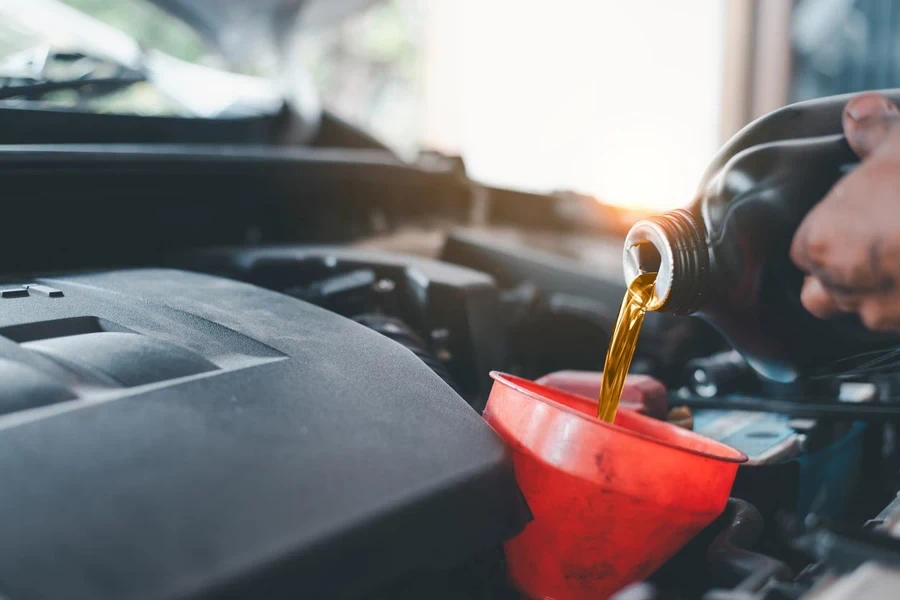
Continuously variable transmission (CVT) fluids
CVT fluids have become increasingly popular in the market thanks to the rise of CVT technology in vehicles aiming for fuel efficiency and smoother driving experiences compared to traditional transmission fluids. CVTS fluids are specially designed with features tailored to CVTS systems that use belts and pulleys instead of gears for a smooth range of speed ratios. This unique formula is crucial in preventing slipping issues and managing heat while maintaining performance in different driving scenarios.
Automatic transmission fluids also include a mixture of wear additives and thermal stabilizers that support the fluid’s durability even in challenging conditions, prolonging the transmission’s lifespan and decreasing maintenance requirements. This quality makes them ideal for cars that experience stop-and-go traffic or are driven in city settings with frequent speed variations. The increasing need for transmission fluids reflects the sector’s overall emphasis on developing vehicles that deliver better fuel efficiency and lower emissions levels.
Conclusion
Choosing the perfect transmission fluid improves how your vehicle performs and ensures that gear shifts are seamless while extending the transmission system’s lifespan. The current market trends for 2025 emphasize options alongside automatic transmission fluids (ATFs) and continuously variable transmission (CVTs), which stand out as popular because of their advanced characteristics and compatibility with modern vehicle technologies. Industry experts must keep up with the trends and innovations in technology as it can greatly influence the efficiency and reliability of vehicles by catering to the unique requirements of different types of transmissions and utilizing top-notch fluids that are compatible and high quality.



